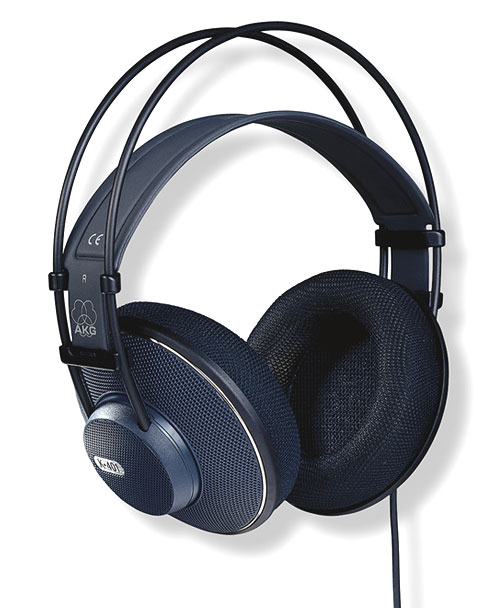I wonder what the board's resident audiophiles make of this rather intense dissection of the physics of listening vis-a-vis 'studio masters', which are set to become the latest marketing tool of the music industry. I say this because: 1) Sony has a new micro-system capable of playing them coming out; 2) the FiiO X3 is an afforable digital audio player capable of playing them now out; 3) Neil Young's new Pono system is due out in early 2014.
According to this very long and detailed article, 16-bit FLACs are sufficient (i.e. CD quality), so 'don't believe the hype'.







Comment